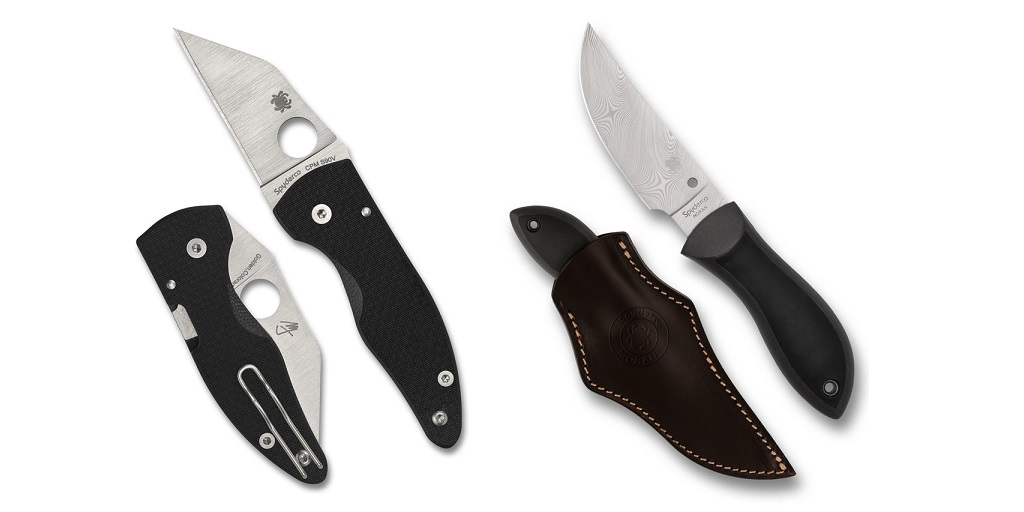
Choosing the best pocket knife for you doesn’t have to be intimidatingly complex. The first thing you should be thinking about is why you need a new knife.
Will you carry it in the field to support you during hunting, fishing and camping ventures? Or will you put it in a tool box as a utility knife? Or is this for EDC?
Otherwise, you can go by the features. Here’s a quick checklist to help you narrow things down.
Size and Weight
Size and weight should be first and foremost, after intended use. The larger and heavier a knife is, the harder it will be to carry conveniently, and the less discreet it will be.
Generally, most EDC “practitioners” will favor a pocket knife with a blade length between 3 and 4 inches, with most erring on the shorter side.
The truth is, besides chopping and heavy camp chores, there is not a lot a larger knife can do that a smaller knife can’t do.
Blade Steel
You’ll also want to consider the blade steel. As a general rule, you will want a blade steel that not only offers good edge retention, but which is tough and corrosion-resistant.
The following are some relatively affordable steels that offer decent performance:
- 420HC (from Buck)
- 10XX steels (though these are not corrosion resistant)
- AUS-8 and AUS-10
- VG-10
- D2
- XCrXXMoV steels
There are also a variety of super steels that will offer solid performance, even better than that of those listed, although they will cost more. Some of these are:
- MagnaCut
- CPM-S30V and S90V
- N690
- M390
Blade Profile
You should also consider the blade profile. Some of the more common blade profiles are:
- Clip points
- Drop points
- Wharncliffe and sheepsfoot blades (which have very strong points)
- Tanto points
- Hawkbill and talon-style blades
- Needle points
- Spear points
Handle Scale Material
Handle scale material is another thing you’ll want to consider in order to choose the best pocket knife for your applications.
As a general rule, you will need to decide between natural and synthetic scale materials. Natural materials, like bone and horn, are pretty but fragile and require more maintenance.
On the flipside, synthetic scales like alloys, G10 and Micarta are physically much more durable and require less maintenance than natural scale materials.
Carry Options
You’ll also want to consider the carry options. Many pocket knives are made with pocket clips that allow for either tip up or tip down carry, and in some of them, the pocket clip is removable or configurable to meet your preferences.
Where to Get the Best Pocket Knife for You
If you’re on the hunt for the best pocket knife for you, you can get it online at White Mountain Knives. They represent some of the biggest and most popular knife brands in the industry, and offer a whole bunch of exclusives as well.
For more information, or just to see what’s out there and available, visit their website or get in touch with them directly.


